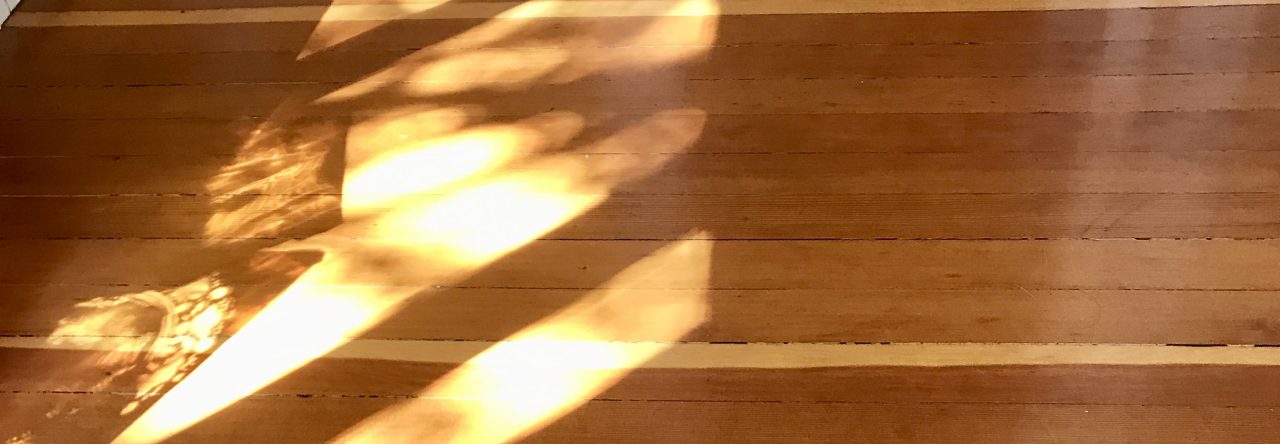Another key question I have had about the use of current events in the social studies curriculum is, is this a proxy for relevance for the students? The answer I have come to is: sort of but to make it even more, allow student choice in topic. We know from educational psychology that motivation for learning can be encouraged through several mechanisms including helping students make choices and set their own goals, interpersonal involvement, real life models, and tapping into prior knowledge. Current events allow us to make connections to real life models and tap into prior knowledge (as students are likely to have heard about many of the current issues, more so than past issues). Add in student choice on topic with process and content guiding by the teacher, and I think there is a high likelihood that motivation for learning will go up.
So, if we are going to respond to current events/issues/themes, and we are going to give students choice in which current events/issues/themes, then how can this be manageable for the teacher (i.e. how can they be prepared to assist the learning, bring resources and frameworks to explore the topics etc)? In my conversations with other teachers on this topic, this is a major question that has come up. There are a couple ways I think this could be done. One, is to change the concept of current events from the idea that it is responding to daily headlines, and rather think of it as themes or recurring issues. For example, in my last post, the current event allows a look into the theme of Canadian foreign policy. I think this way has promise, as it allows a look at what is triggering an issue, but the underlying issue or theme is a universal one for humanity. The benefit of this is that a teacher also, can look at some of the major issues going on (or about to go on, e.g. in the case of an election year) in the summer and do a little prepping of key issues/events going on that could be covered, or given as an option to cover (if you want to give student choice) during the school year. Another way that content could be developed would be to let the students be responsible for a lot of the content building. In this case, the teacher would need to be preparing the structured process within which this content building could successfully occur.
